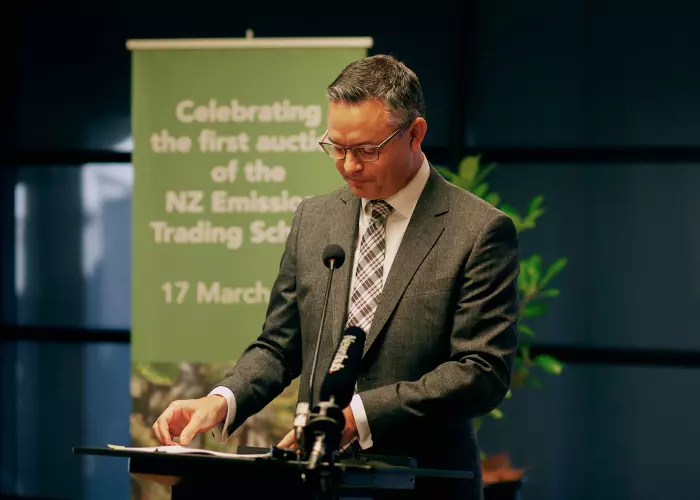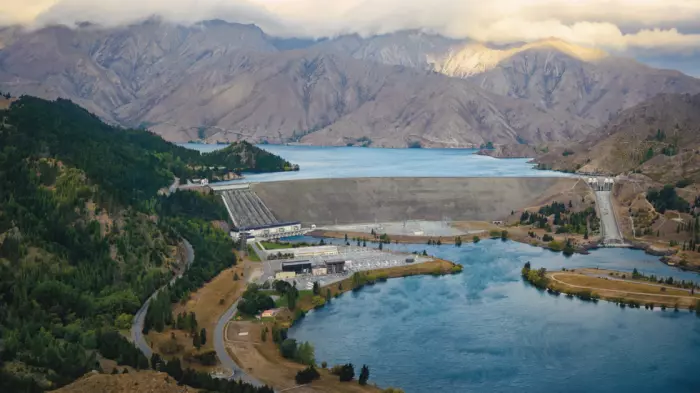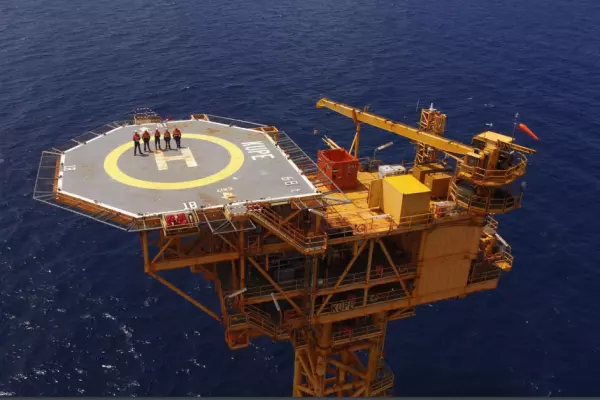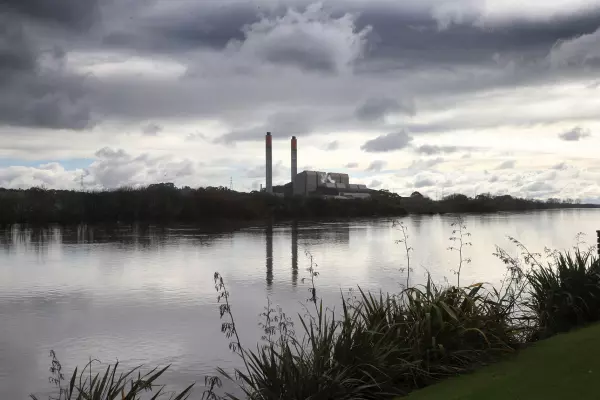The Climate Change Commission is calling on the government to raise trigger prices and cut the number of carbon units available for auction in its push to make New Zealand’s emissions trading scheme (ETS) more effective.
Climate Change Commission (CCC) chair Rod Carr said as the global economy started to put a price on the damaging effects of greenhouse gas emissions, high emission activities would start to become more expensive, while low emissions options become more cost-effective.
“The unit limits aim to cap the emissions allowed by the scheme, in line with the country’s emissions reduction targets,” he said.
“The price control settings are guardrails to provide stability to the NZ ETS, while also enabling it to operate as an effective tool to reward low emissions choices.”
'A fair price'
Carr said the commission’s advice had been developed in line with the government’s emissions budgets and reduction plan, and the commission had taken into account evidence around emissions prices needed to meet current targets.
“In this advice, we also emphasise that our recommendations are not a forecast of likely market prices,” he said.
Climate change minister James Shaw said he welcomed the recommendations from the commission because, while ETS settings are updated annually, this is the first time that the commission’s independent, non-partisan advice would inform the process.
“For the ETS to do its job and drive real emissions cuts, it’s vital we have the right settings in place to ensure a fair price for climate pollution,” he said.
But Shaw said although the emission scheme was a “critical part of our climate toolbox”, it was important that the cost from the cuts didn’t fall on those “least able to bear it”.
“This government is committed to a just transition that leaves no one behind,” he said.
Net zero
Carr said the current emissions trading scheme didn’t distinguish between carbon removals by trees or reducing emissions, which meant the current scheme was more likely to deliver plantation forestry rather than an actual reduction in emissions.
“This would ultimately put our economy at a competitive disadvantage relative to a decarbonised global economy and shift cost burdens onto future generations,” he said.
He said how the government was meeting the nationally determined contributions (NDC) required by the Paris Agreement via the emission scheme needed to be outlined more clearly.
“It’s essential that the government secure access to sources of offshore mitigation as soon as possible, and decide how this will affect the NZ ETS,” Carr said.
“This isn’t a matter that can be left until later this decade.”
The government also needed to clarify how NZ was ensuring its approach complied with Te Tiriti o Waitangi and didn’t further disadvantage Māori.
“These policies need to strengthen the capability of the country to adjust over time while ensuring strong incentives to transition towards a low emissions economy,” he said.
In NZ’s second carbon auction of the year last month, the auction soaked up all available units at near the secondary market price of $76 per unit.
There were 4.825 million NZ Units (NZUs) available in the quarterly allocation and 1.3m NZUs left from the annual cost containment reserve. All of them were snapped up by 17 successful bidders from 26 participants.














